Million Dollar Cake with Walnuts & Bournville Cocoa Powder needs balance—read more to make it rich, smooth, and not overly sweet.

Is your chocolate cake too sweet for its own good—or too bitter to enjoy more than a forkful? Striking that middle line between the punch of dark cocoa and the warmth of sweetness takes more than just cutting down sugar. Especially when you’re baking with Bournville—India’s popular dark chocolate brand that’s bold, slightly dry, and more nuanced than your usual bar—it asks for better pairing, better judgment.
Whether you’re baking for a family gathering or a sober celebration, a Million Dollar Cake with Walnuts & Bournville Cocoa Powder isn’t supposed to feel like a tug-of-war in the mouth. It should feel deep, steady, and balanced. The bitterness should wake up your senses, not dominate them. The sweetness should support, not smother.
Following are seven realistic, achievable tips that can introduce balance to your next chocolate cake, one that honors the bitterness and sweetness.
1. Make Use of Jaggery in Place of Refined Sugar for Subtle Sweetness
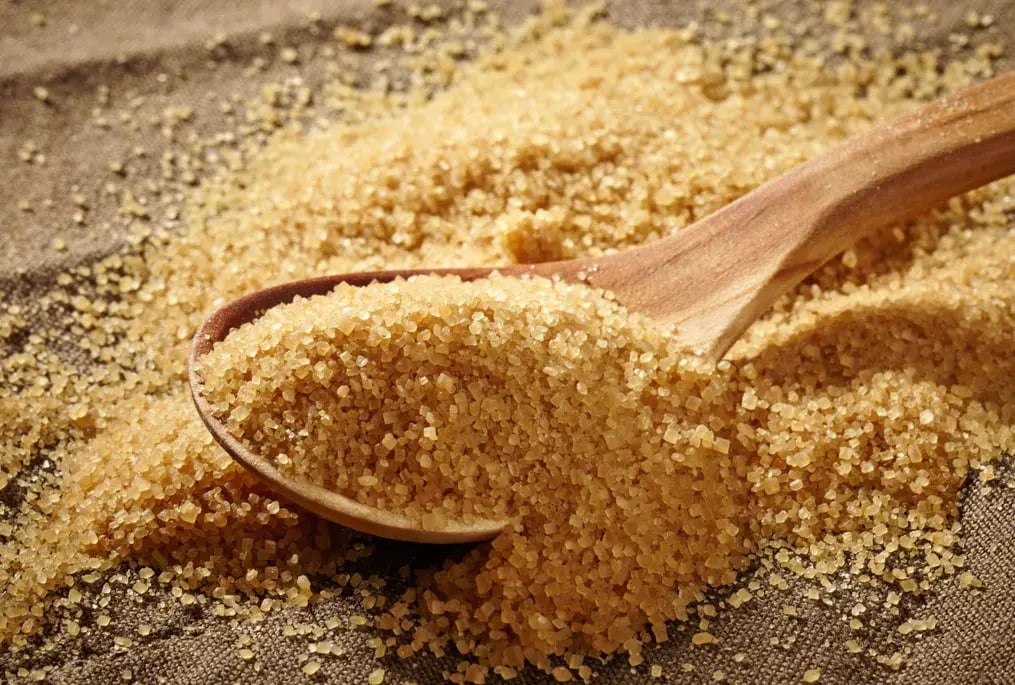
Refined sugar comes with a sharp, immediate impact—making the cake sweet but not necessarily improved. Paired with Bournville cocoa, which is deep and bitter, jaggery is a gentler foil. It's subtle, has mineral undertones, and slowly dissolves into the batter.
Use golden jaggery powder, not pieces, and sift it so there's no grit. Use less other liquids if you are using jaggery syrup. This substitution has a consistent type of sweetness that does not negate the dark chocolate but envelops it instead.
2. Combine with Walnuts for Earthy, Neutral Balance
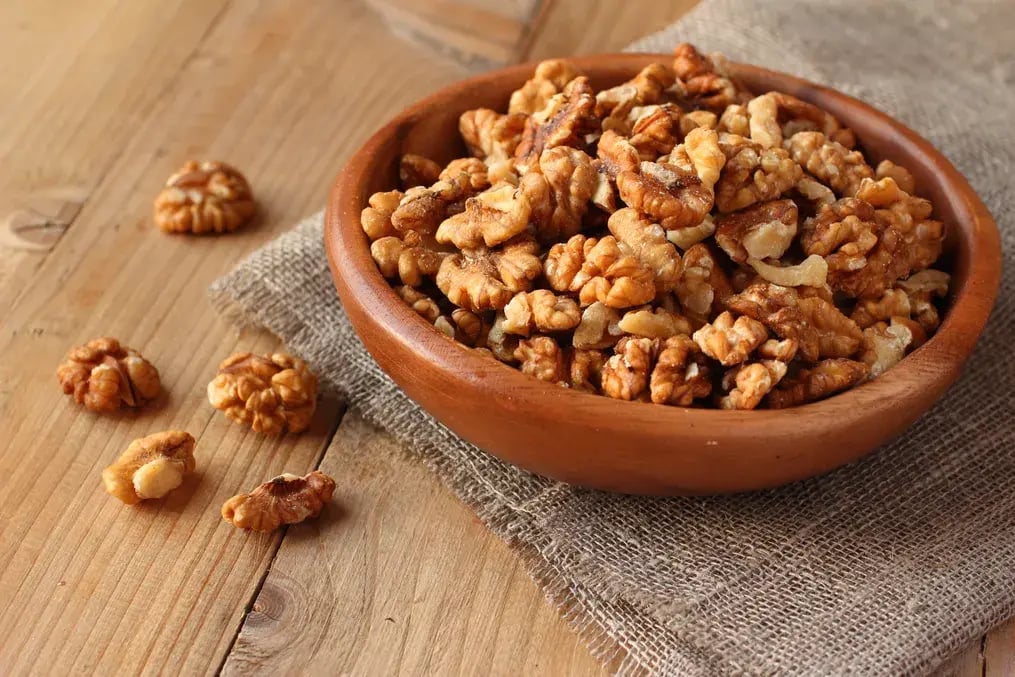
Certain ingredients whisper but are the change-makers. Walnuts, for instance, with their damp, soft bitterness, temper the austerity of Bournville cocoa. They do not compete for notice—they take things in and round out the edges.
Lightly toast the walnuts and fold them into the batter. This will release their oils and prevent them from having a raw taste. You can even grind a few in a coarse meal and add them to the flour to introduce that earthy tone to each bite.
In a Million Dollar Cake with Walnuts & Bournville Cocoa Powder, walnuts aren't merely a mix-in—they're the pivot. They prevent the cake from tipping too far into sweet or bitter in either direction.
3. Add a Pinch of Salt to Increase Balance
Salt does not salt the cake. It makes everything else fit. A mere pinch—less than 1/8 teaspoon—is enough to bring clarity. With dark chocolate such as Bournville, this is more than an undertone. It clarifies the edges of cocoa and softens the sugar. Use kosher salt or fine sea salt—not iodized. Sprinkle it in your dry mixture so it distributes evenly. If you're stacking the cake, you can even sprinkle a bit of flaky salt on the ganache or glaze for contrast.
4. Make Strong Coffee to Enhance Cocoa Without Sweetening
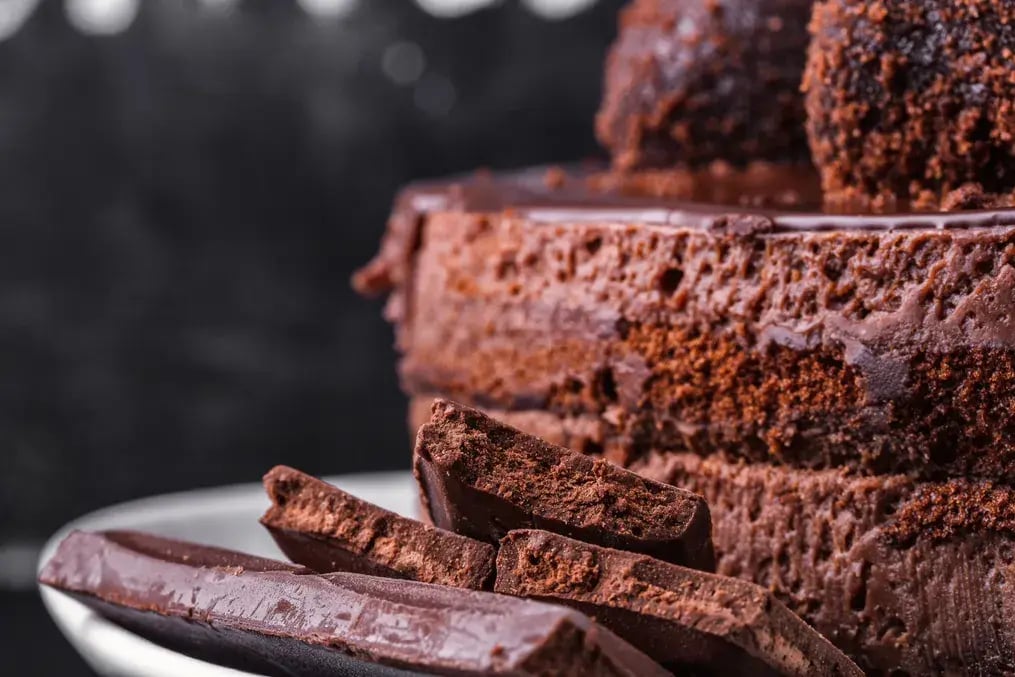
One of the oldest deceptions in chocolate cake-making is the use of coffee—not for flavor, but for texture. A tablespoon or two of deeply brewed coffee or espresso in your batter doesn't flavor the cake like a coffeehouse. It intensifies the cocoa, darkens the crumb, and rounds out both sweetness and bitterness.
Add 1–2 tablespoons of cooled strong black coffee to the wet ingredients. You can also bloom your Bournville cocoa powder in hot coffee and then add it in. This method opens up the cocoa, similar to blooming spices.
5. Apply Sour Cream or Hung Yogurt to End Sweet-Bitter Sameness
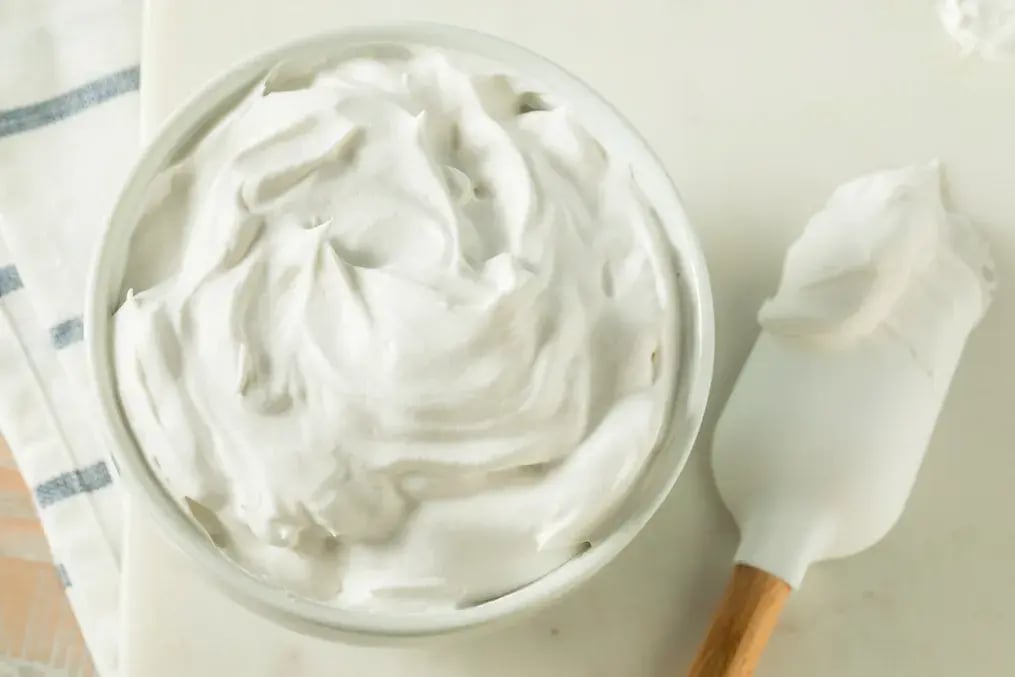
Fat won't correct a bitter-sweet imbalance by itself. You require acidity. Sour cream or hung curd is a miracle in chocolate cakes because it pushes the flavor in a lateral direction—neither sweet nor bitter but tangy and mild. Substitute some of the milk or cream in your recipe with an equal quantity of thick sour cream or hung yogurt. This provides moisture and gently counteracts both extremes. The acidity also batters with baking soda for a superior rise.
6. Select the Appropriate Baking Temperature to Prevent Over-baking
Over-baking a dark chocolate cake makes the bitterness stronger. The sugar caramelizes too quickly, and the chocolate becomes dry. This causes the cake to have a harsher and unbalanced taste. Bake at a lower temperature—say 160–165°C rather than 180°C—and allow it a little longer. If possible, use an oven thermometer; most domestic ovens overheat slightly. And always check with a toothpick that is covered in moist crumbs, not clean.
7. Top with a Ganache Made Using Dark Chocolate and Cream in Proportion
A topping or glaze usually makes a difference. Most people go for overly sweet chocolate spreads or buttercream frostings that overwhelm the cake. Go for a ganache and keep it tart. Employ equal amounts of Bournville dark chocolate and fresh cream—heat the cream, pour over chopped chocolate, allow to stand, then stir until glossy. Add a pinch of salt, if necessary. Such a topping doesn't load with sugar; it accompaniments the cake's deeper notes.
Like This Article?
More Like This
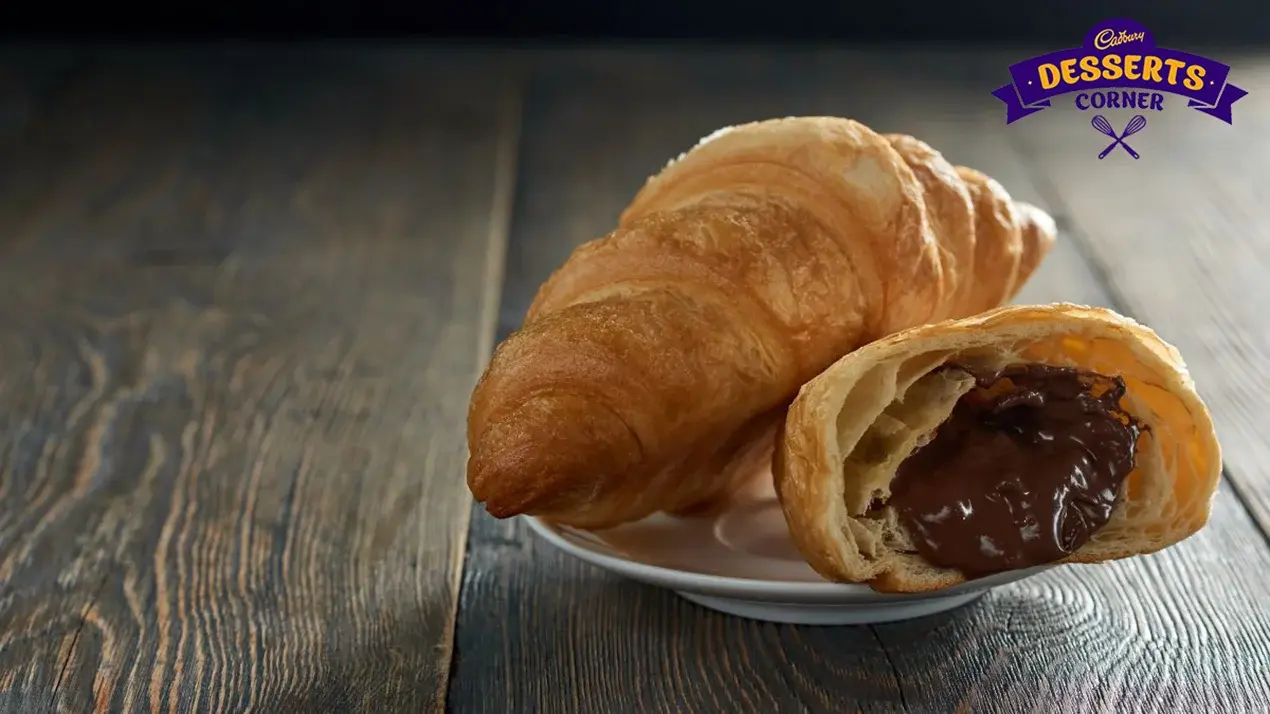
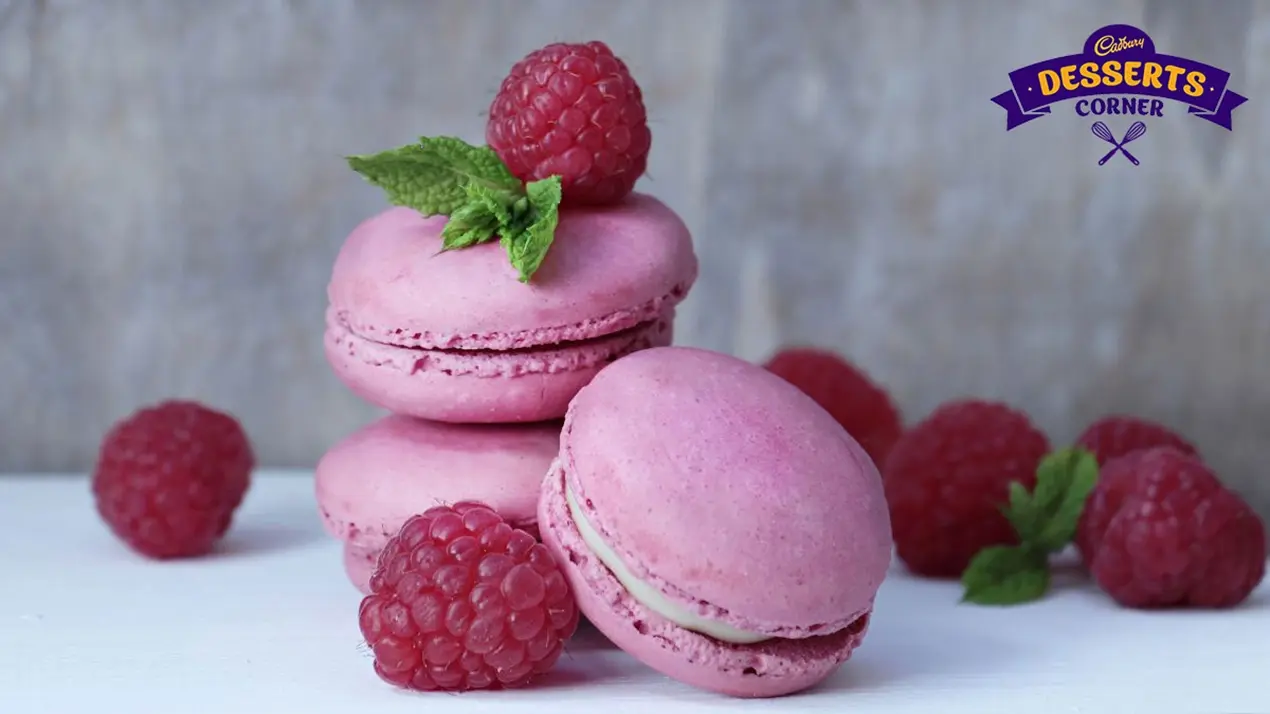
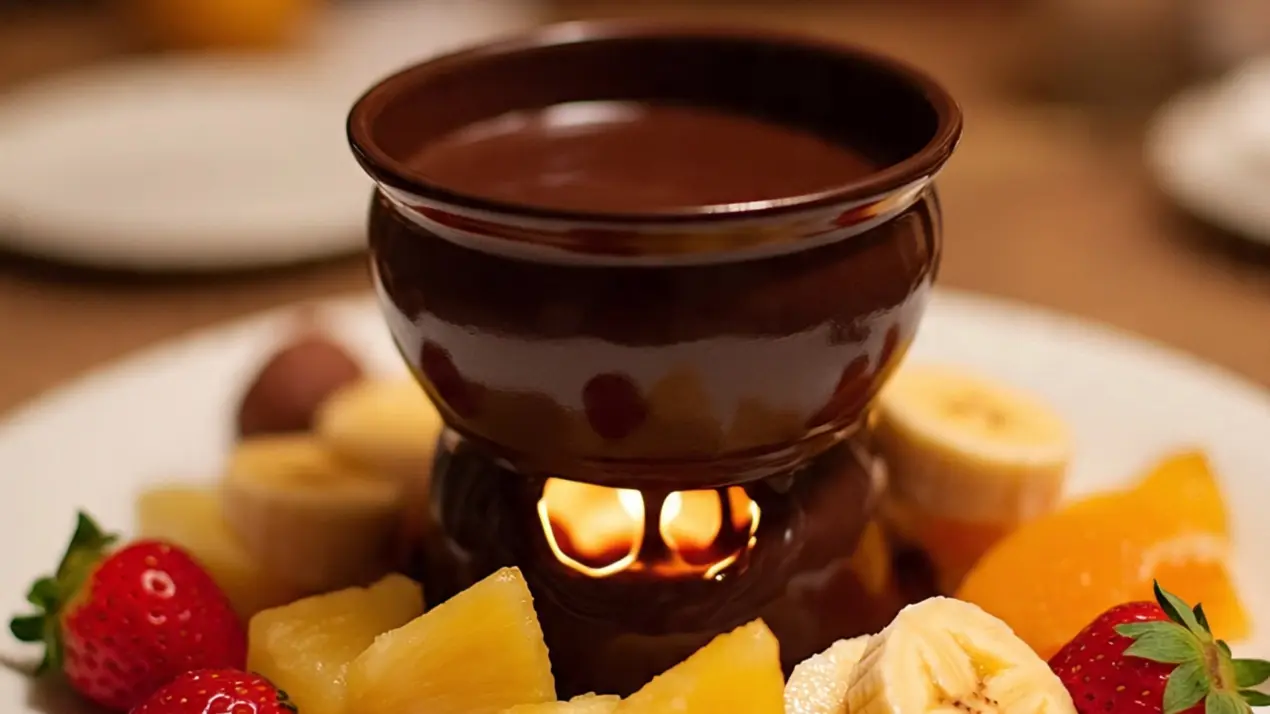

Popular Articles





Trending Web Stories
Curated Recipes


















